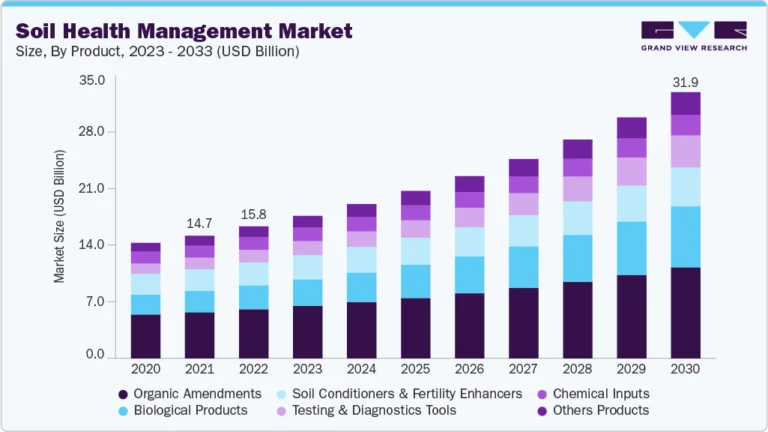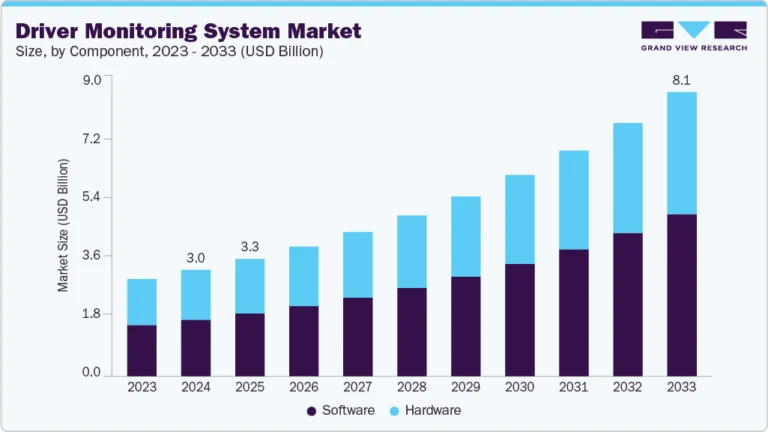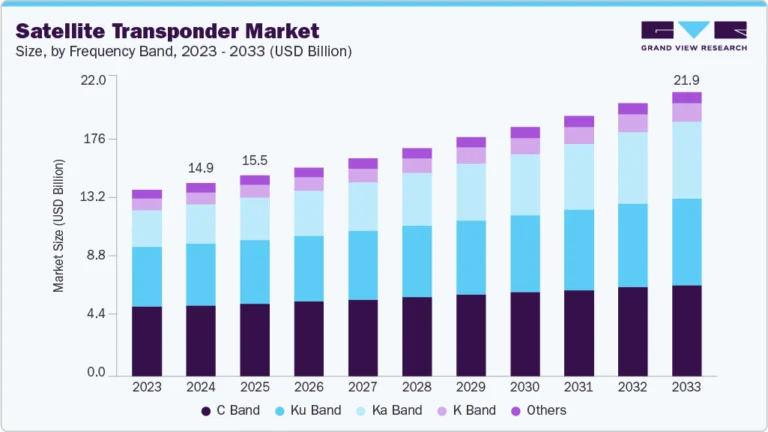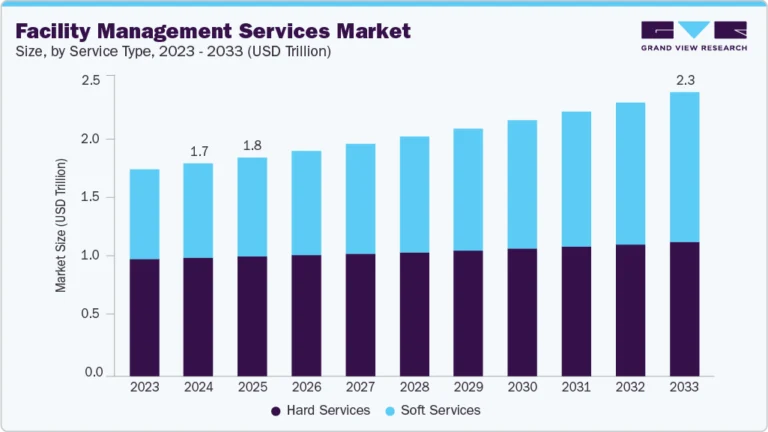Magnetic Sensor Market Size, Share & Trends Analysis growing at a CAGR of 6.4% from 2025 to 2030
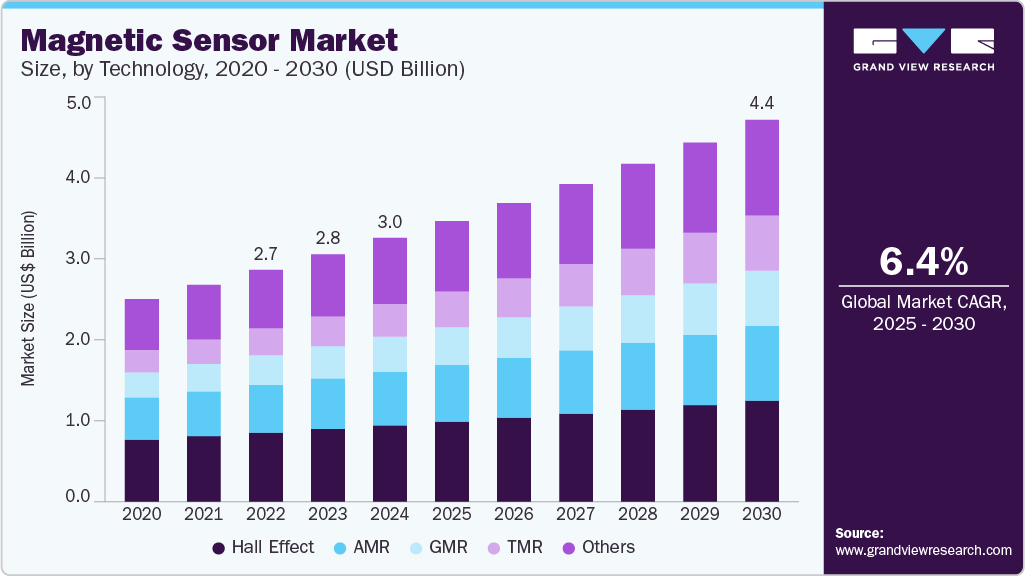
The global magnetic sensor market size was estimated at USD 3.03 billion in 2024 and is projected to grow at a CAGR of 6.4% from 2025 to 2030. Increased integration of magnetic sensors in various industry verticals, backed by significant technological advancements in sensing techniques, is expected to boost market growth.
Key Highlights:
- Asia Pacific magnetic sensor industry led globally with revenue share of 47.26% in 2024.
- India’s magnetic sensor industry is experiencing robust growth, driven by the expansion of the automotive, industrial automation, and consumer electronics sectors.
- Based on technology, the Hall effect segment held the largest market share of 29.0% in 2024.
- Based on application, the automotive sector holds the major share in the market in 2024.
Request a free sample copy or view report summary: https://www.grandviewresearch.com/industry-analysis/magnetic-sensors-market/request/rs1
overnment mandates necessitating the integration of magnetic sensors in automobiles are expected to impact the market growth favorably. Magnetic sensors constitute a vital part of navigation systems used in cars and smartphones. Therefore, their demand is expected to remain buoyant in these two sectors.
On account of growing demand for magnetic sensors in the automotive sector, the market is estimated to exhibit a healthy growth rate throughout the forecast period. Sensor manufacturers have stressed on providing efficient devices that can be integrated across a plethora of applications. These devices assist in contactless operations and wear-free measurements of angular speed and angle of rotation. Aggressive investment in R&D activities for the development of advanced sensory components is also another strategy adopted by manufacturers. They aim to develop sensors incorporated with features such as motion detection, speed, and proximity to cater to the needs of diverse end-use verticals.
Magnetic sensors form the building blocks of electronic control systems in commercial as well as passenger vehicles. These systems ensure increased safety and enhance driver convenience, as a result of which, their adoption has witnessed a surge. Such advanced sensing elements guarantee high reliability and efficiency in terms of economics and performance.

